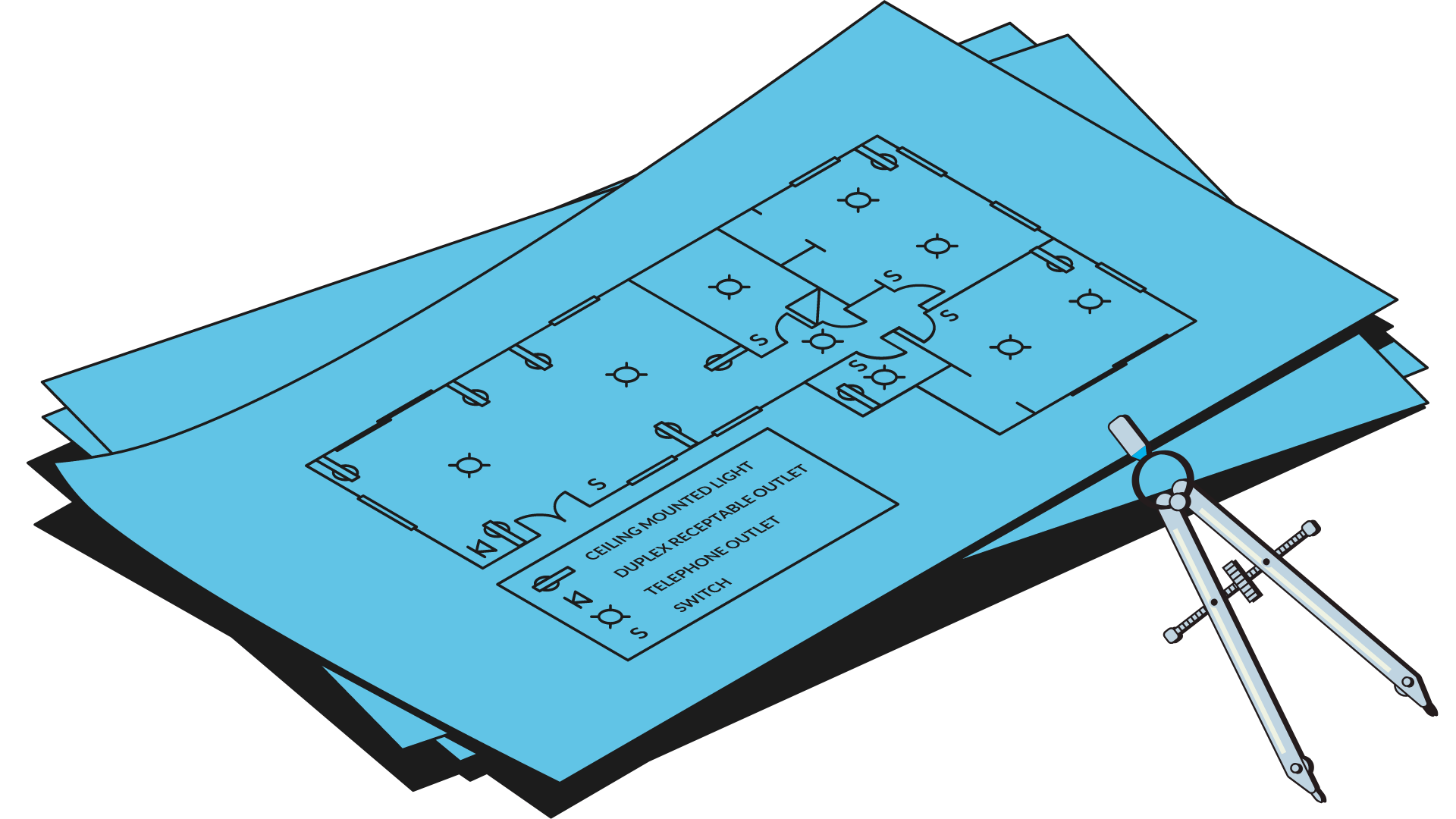Build curiosity with a hands-on civil engineering experiment for kids
A civil engineer uses math, physics, and design to create large structures like buildings, roads, and bridges. Some shapes hold up better against different types of pressure than others. For example, some stand very well against wind, while others hold up against the side-to-side shaking of an earthquake.
In this civil engineering experiment, kids of all ages can put on their thinking caps and hard hats and see if they can design a structure to withstand the forces of nature.
Can YOU figure out which shape works best for which situation?
Materials:
- Dominoes
- Tray or other platform to build on
- Desk fan
- Weights or something small and heavy
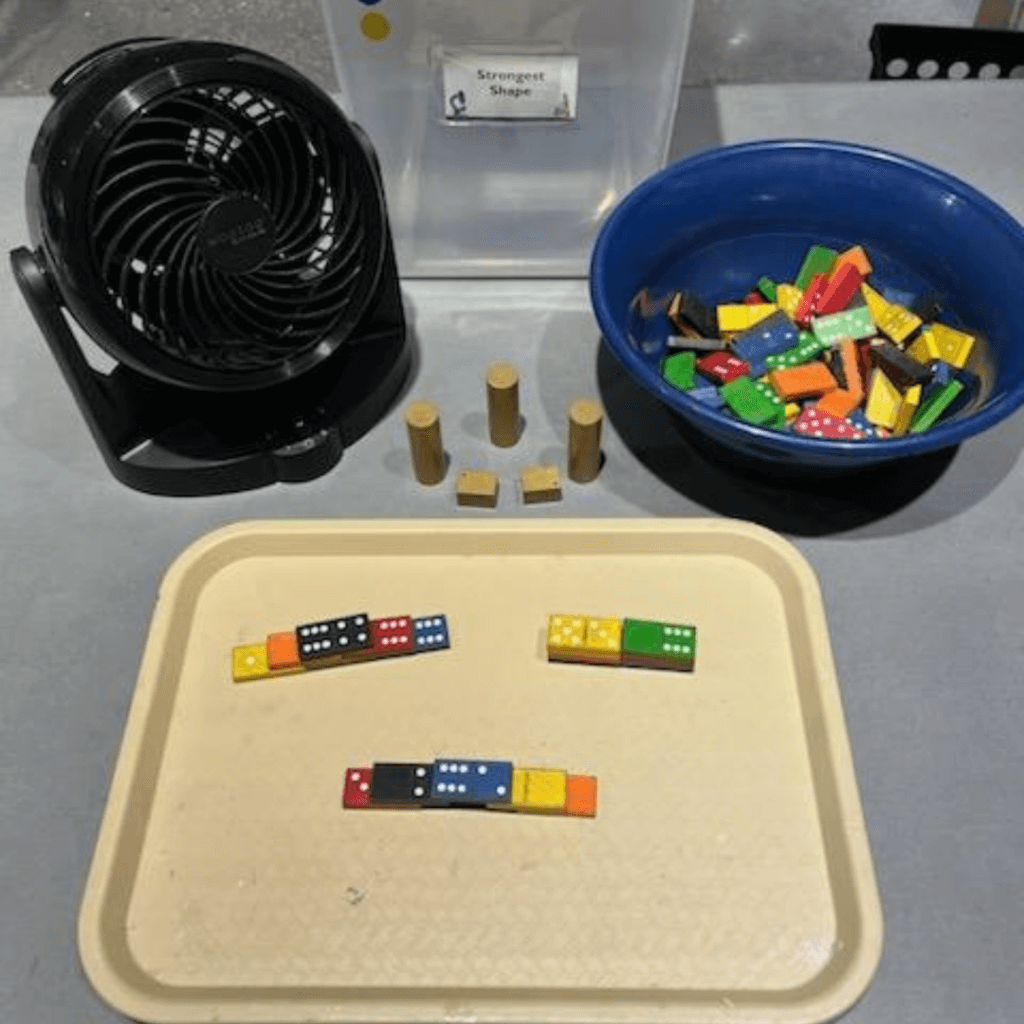
Step 1:
Build 3 shapes: Start by constructing 3 of the most common architectural shapes, an arch, a pyramid, and a cube.
- The arch should include an opening in a structure that is curved on top and designed to distribute weight.
- In architecture, a pyramid is a monumental structure having a rectangular base and four sloping triangular (or sometimes trapezoidal) sides meeting at an apex or truncated to form a platform.
- Your cube is a solid three-dimensional figure, which has 6 square faces, 8 vertices and 12 edges.
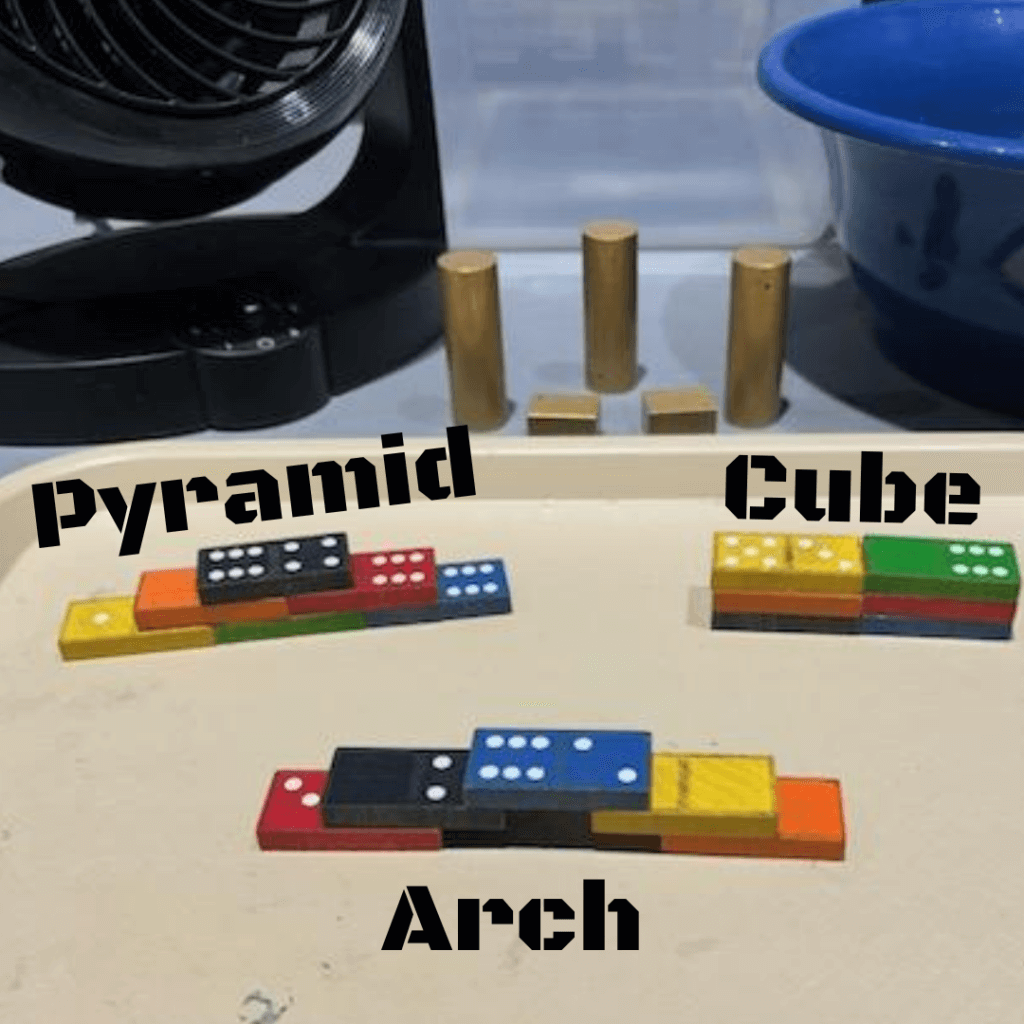
Step 2:
Test your shapes!
Now we’ll test each structure against different conditions!
- Test each structure – the arch, the pyramid, and the cube – by placing a weight on top of it. Do they all hold up under the weight?
- Remove the weights from the structures. Test each structure by using the fan to force wind against the sides of them. Do they stand up against the wind?
- Make sure all three structures are on the tray. Using your hands, gently shake the tray side-to-side on the table. Do the structures stay together and pass the test?
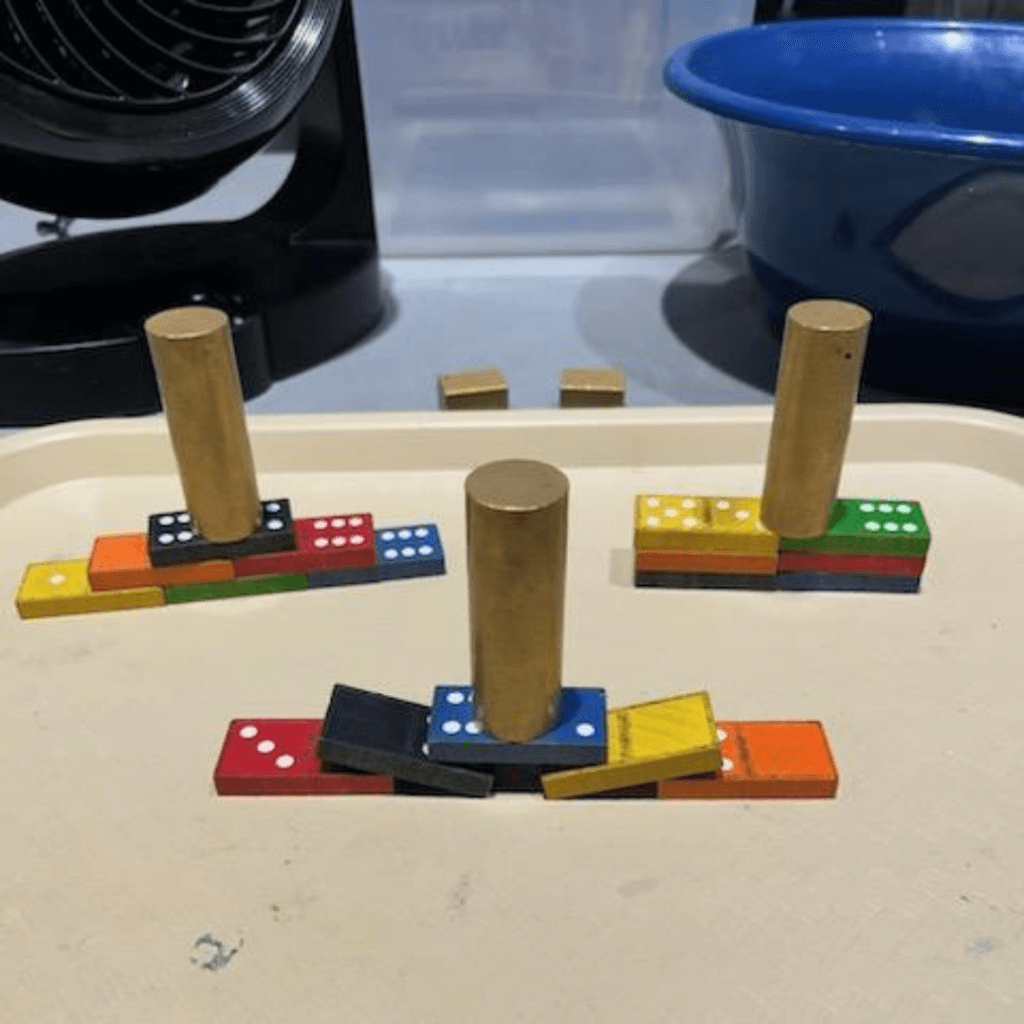
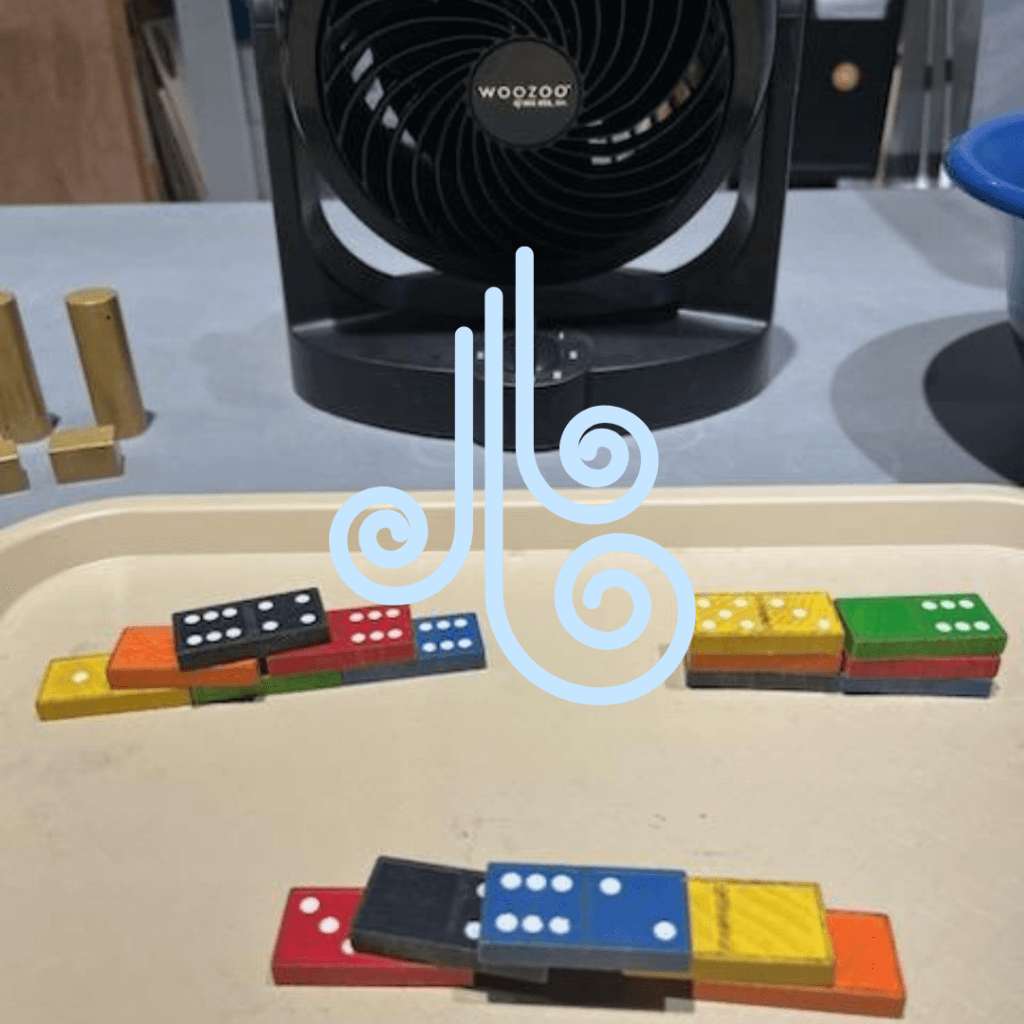
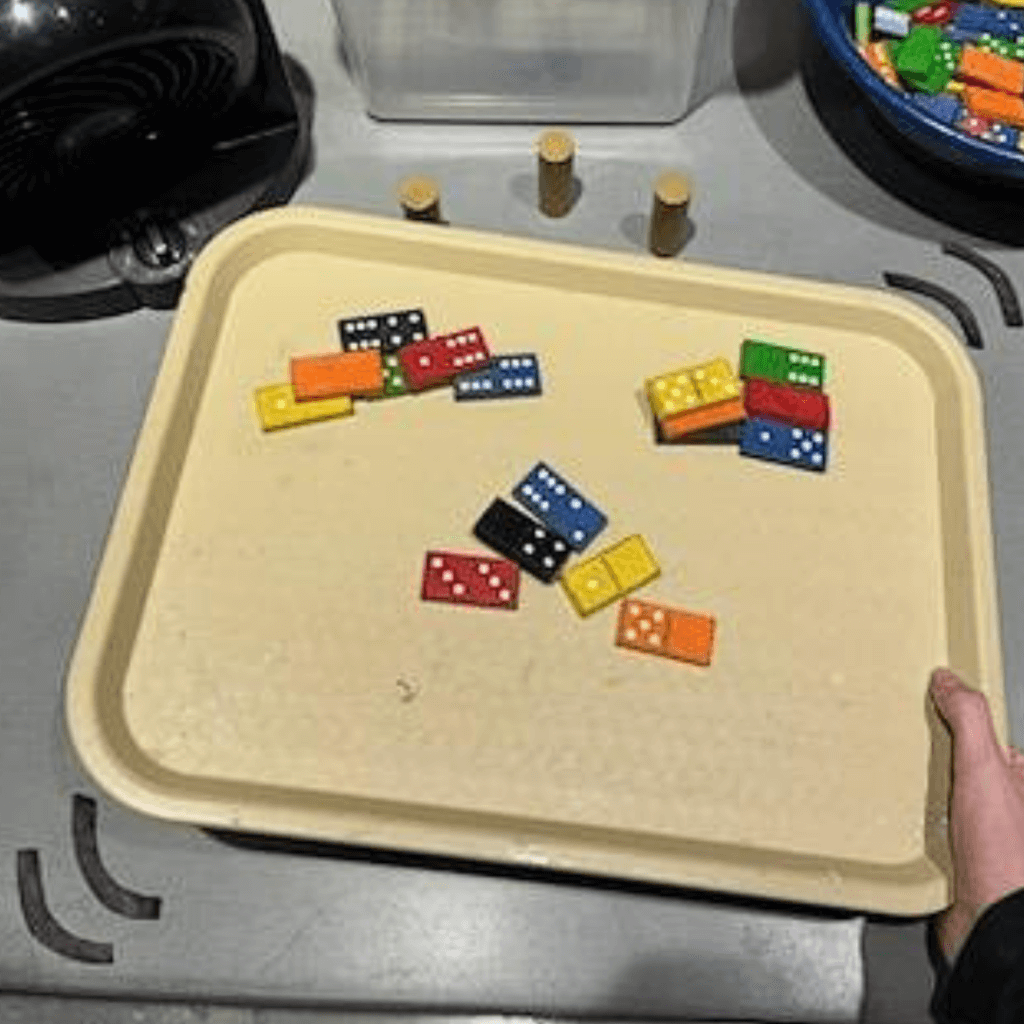
Step 3:
Analyze the results and create some more or stronger shapes!
Let's take a look at the science behind these shapes and the forces behind them.
Gravity is the force that pulls things towards the center of the Earth. In doing so, it holds us down on the ground. Certain areas around the world get a lot of wind. Wind exerts a lateral force on the sides of buildings, pushing against them. One of the hardest places to build cities is in areas with earthquakes. Earthquakes cause the buildings to move side-to-side.
Now that you've gone through your first round of testing, here are some fun questions to ask your kids about their civil engineering experiments:
- Which shape worked best against each natural condition?
- Where in the world would you find these structures?
- Where would you build these structures?
As you head back to the drawing board, what have you learned, and what can you improve?
- Does the size of the structure matter? If you have enough dominoes, try scaling them up by making each one 2 or 3 times bigger.
- How about the intensity of the conditions? Try putting more weights, increasing wind speed, and shaking the tray more.
